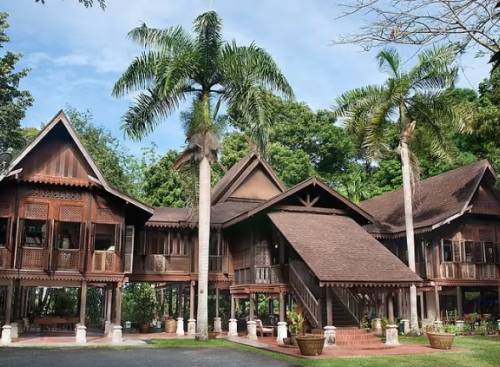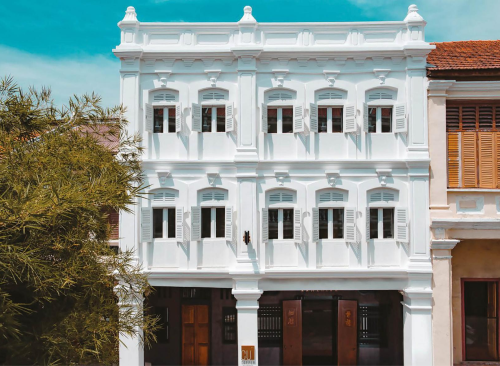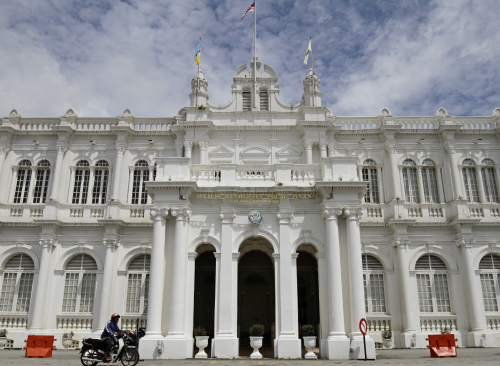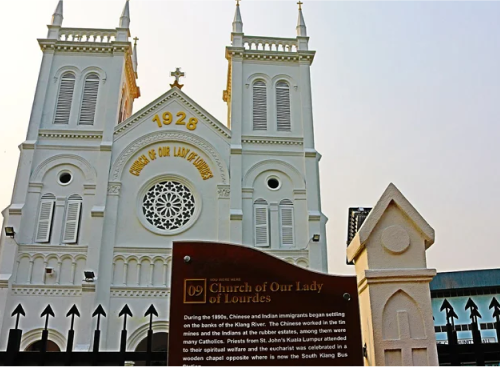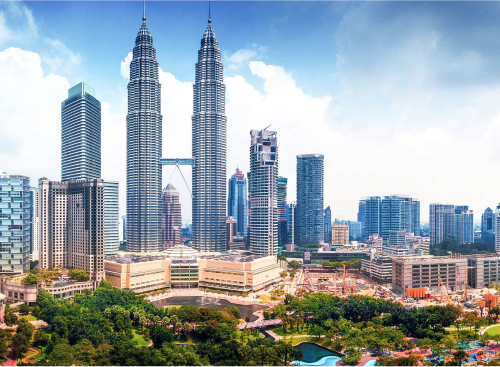The Traditional Malay House
Traditional architectural forms, such as tropically-suited roofs and harmonious proportions with decorative elements are considered to still have great cultural value by many in the region. However, these buildings require significant maintenance compared to modern construction; such as the challenges in preserving its main material, wood, from the decaying effect of tropical weather as well as termite infestation. These vernacular construction skills are gradually being lost as Malaysia continues its process of industrialisation, while in Indonesia such traditional dwellings still survive in rural areas.


